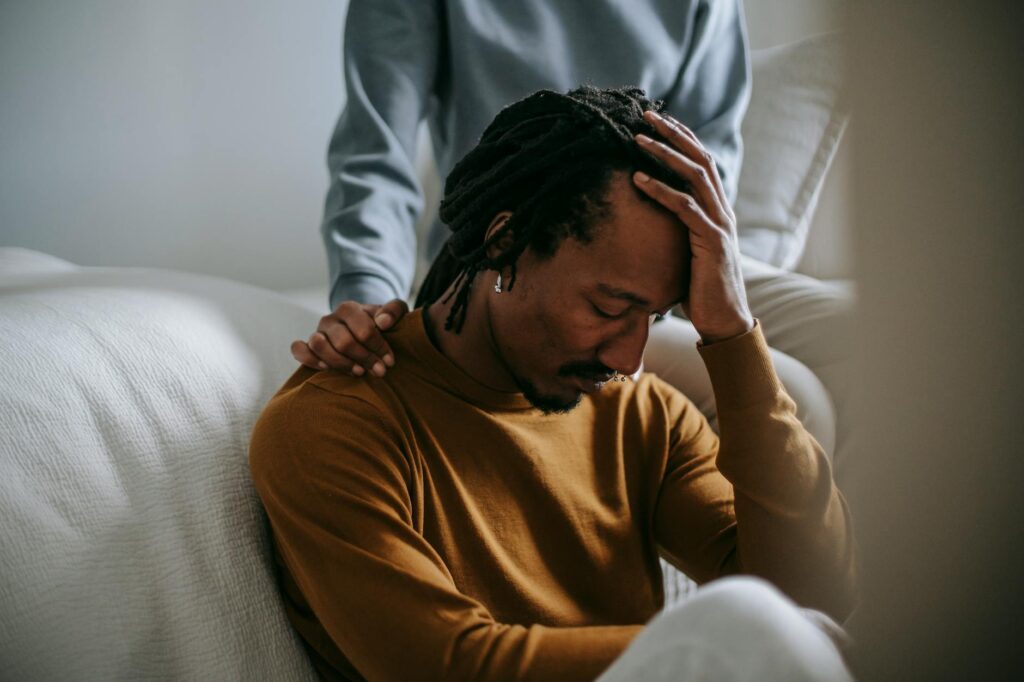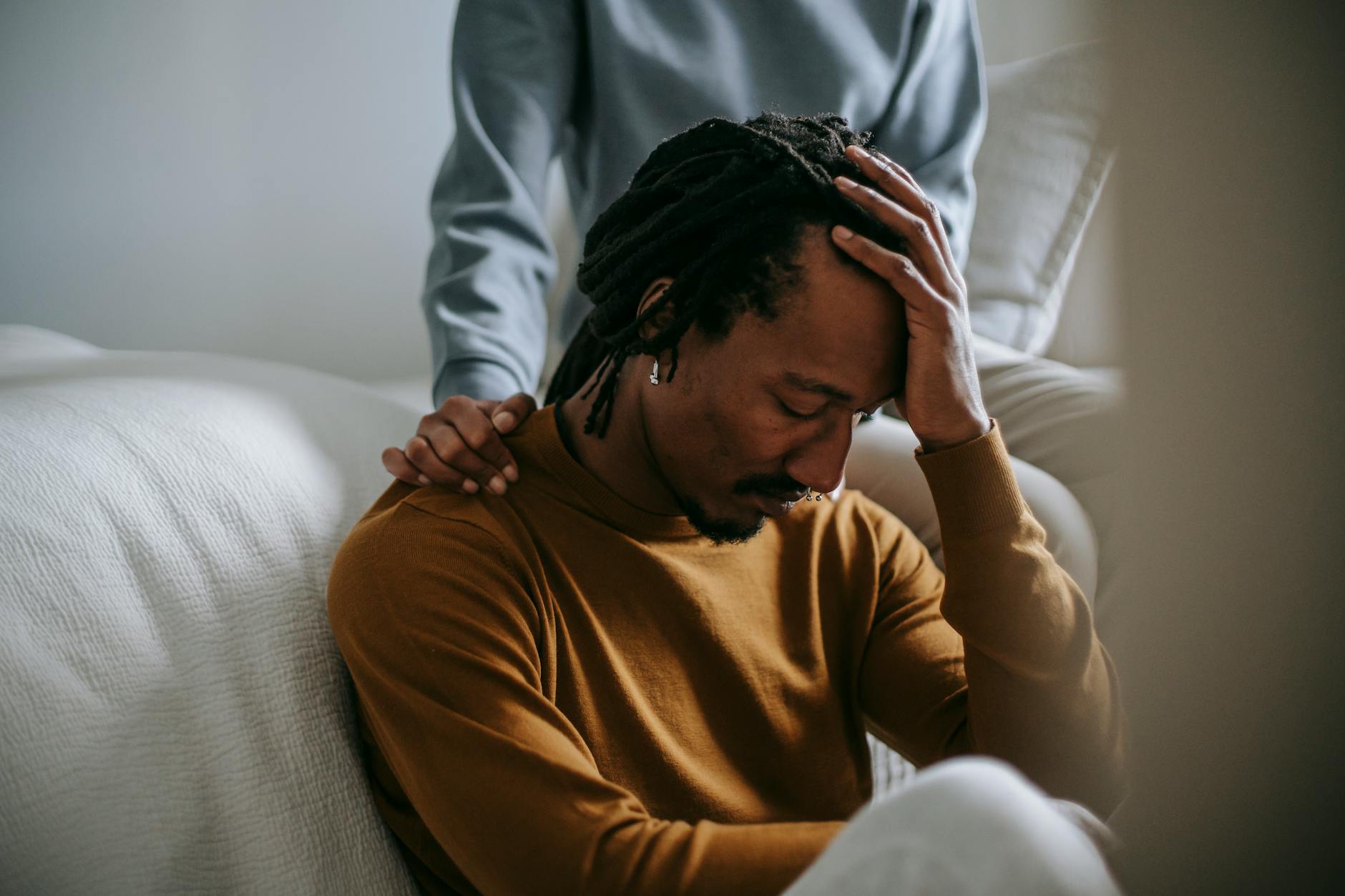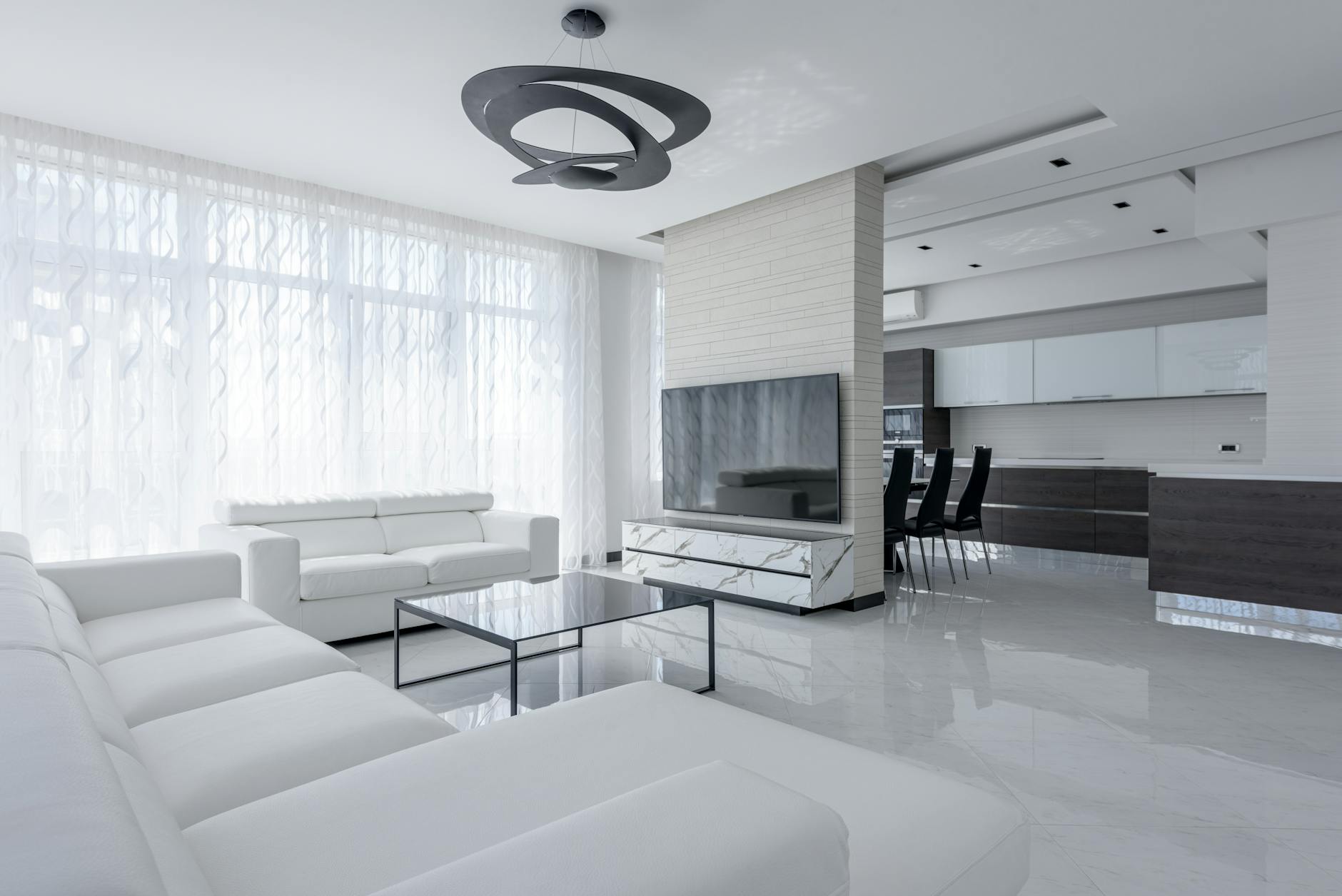The colors surrounding us significantly impact our moods and emotions, especially within our homes, where we spend a considerable amount of time. Understanding the psychology of color can help you create a living space that promotes relaxation, productivity, or creativity, depending on your needs and preferences. Let’s delve into how different hues can affect your mood at home.
The Power of Blue
Blue is often associated with calmness, serenity, and tranquility. Shades of blue can evoke feelings of peace and security. Using blue in bedrooms, for instance, can promote better sleep. Lighter blues are airy and spacious, while darker blues can feel more sophisticated and calming. 
The Energy of Yellow
Yellow is a vibrant color linked to happiness, optimism, and creativity. It’s often used in kitchens and living rooms to create a cheerful and energizing atmosphere. However, too much yellow can be overstimulating, so it’s best used sparingly, perhaps as an accent color. Learn more about using yellow in your home.
The Warmth of Orange
Orange is a warm and inviting color that stimulates appetite and social interaction. It’s perfect for dining rooms or areas where you entertain guests. Orange can also be uplifting and energetic, making it a good choice for home offices or spaces where you need a boost of motivation. 
The Passion of Red
Red is a bold color associated with passion, energy, and excitement. While it can be stimulating, using too much red in your home can be overwhelming. Consider using red as an accent color, perhaps in throw pillows or artwork, rather than painting your walls red. Read more about the psychological effects of red.
The Serenity of Green
Green is the color of nature, associated with peace, harmony, and balance. It’s a very versatile color that can be used in almost any room of the house to promote relaxation and reduce stress. Different shades of green can evoke different feelings—from the fresh energy of lime green to the calming effect of deep forest green. 
The Sophistication of Purple
Purple is often associated with luxury, creativity, and royalty. It can be a calming color, but it can also be quite dramatic depending on the shade. Lighter purples can be used to create a soothing atmosphere, while darker purples can add a touch of elegance and sophistication. Discover more about using color psychology in your home decor.
The Neutrality of Gray
Gray is a versatile neutral color that serves as an excellent backdrop for other colors. It creates a sense of calm and sophistication. It’s a popular choice for modern and minimalist homes. You can use gray to create a neutral base and then add pops of color with your accessories and furniture. [IMAGE_4_HERE]
The Comfort of Brown
Brown evokes feelings of comfort, stability, and security. It is often found in natural settings and can create a warm and inviting atmosphere, perfect for creating a cozy and relaxing space. Using brown in furniture and accessories can ground the space and make it feel more inviting. Explore different ways to use brown in your home design.
By carefully considering the psychology of color, you can transform your home into a haven that reflects your personality and promotes your well-being. Experiment with different colors and combinations to discover what works best for you. Remember, the key is balance and creating a space that feels both aesthetically pleasing and emotionally supportive.
Frequently Asked Questions
What is the best color for a bedroom? Blues and greens are generally considered the best colors for bedrooms as they promote relaxation and sleep. However, personal preference plays a crucial role.
How can I use color to make a small room feel bigger? Lighter colors, such as whites, creams, and pastels, can make a small room feel more spacious. Avoid dark colors which can make a room feel smaller.
Can color affect my mood? Absolutely! Color psychology shows that colors influence our emotions and perceptions. Surrounding yourself with colors you find uplifting can improve your mood and overall well-being.
Where can I find more information on color psychology? You can find more information through resources like this website and various books on the topic. Check out our other articles on home decor.





